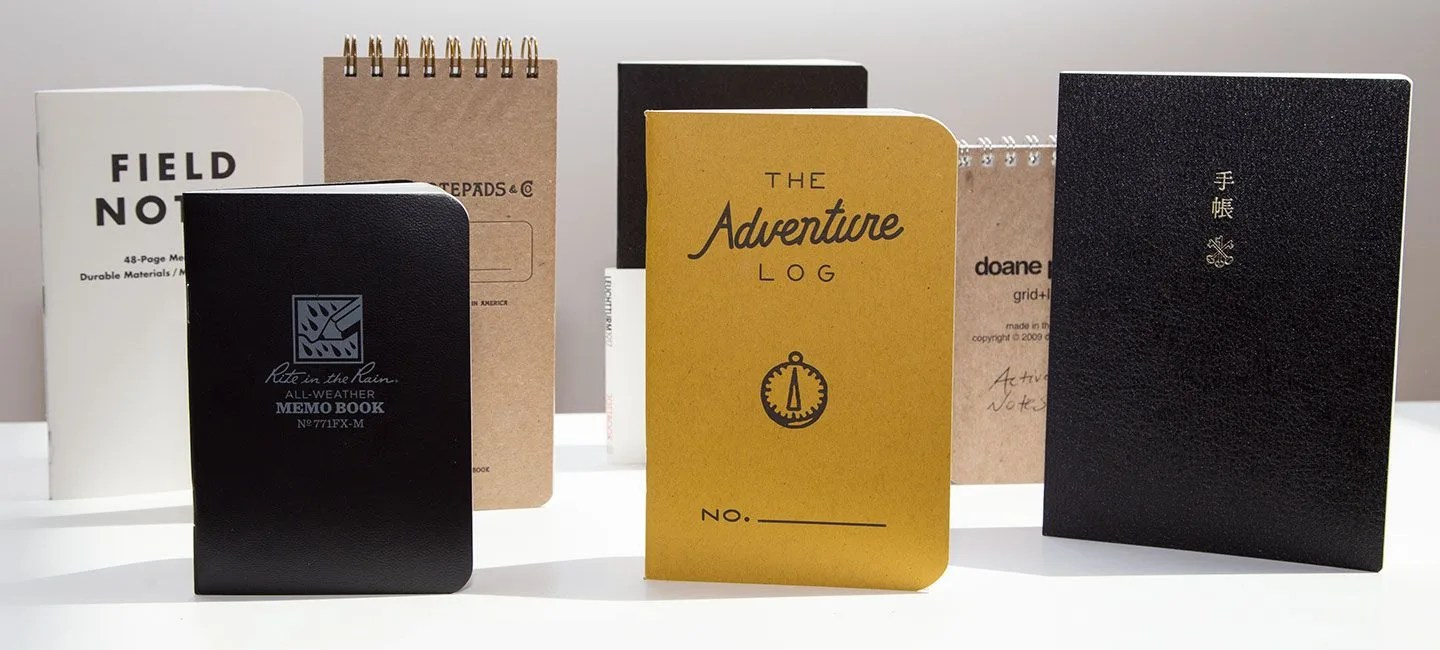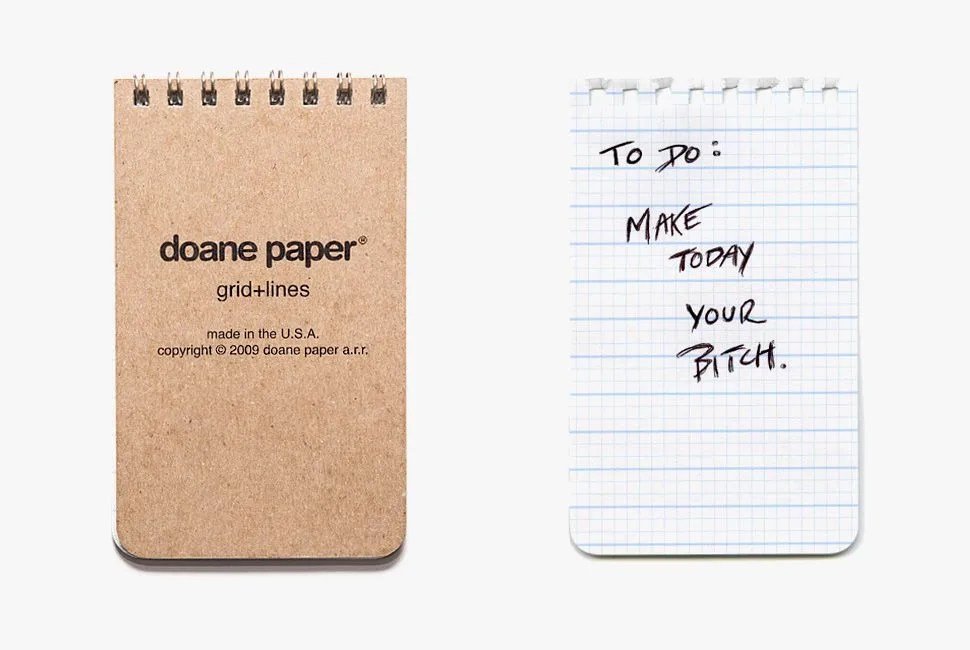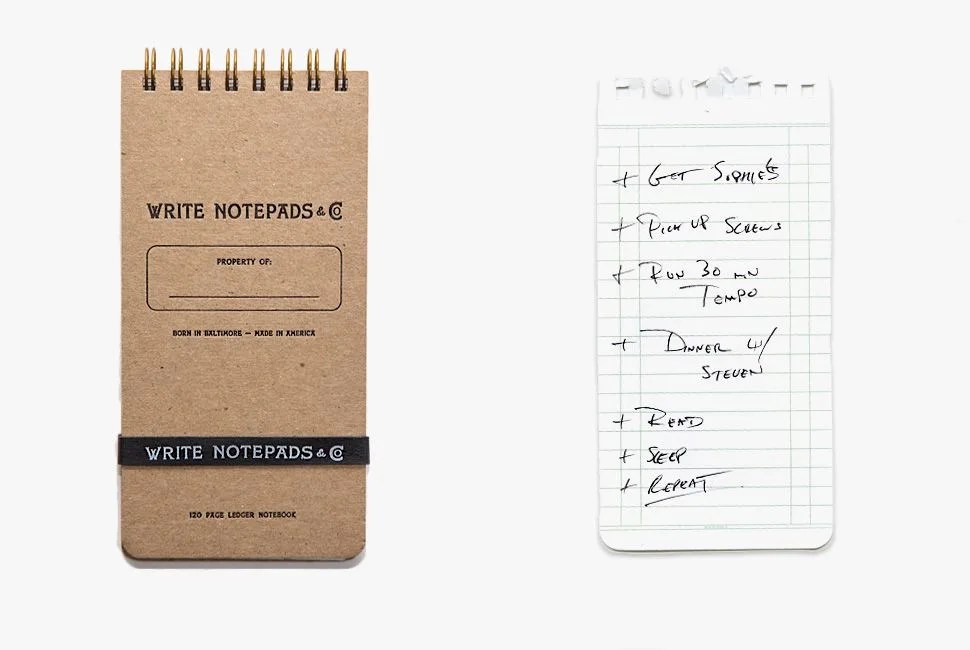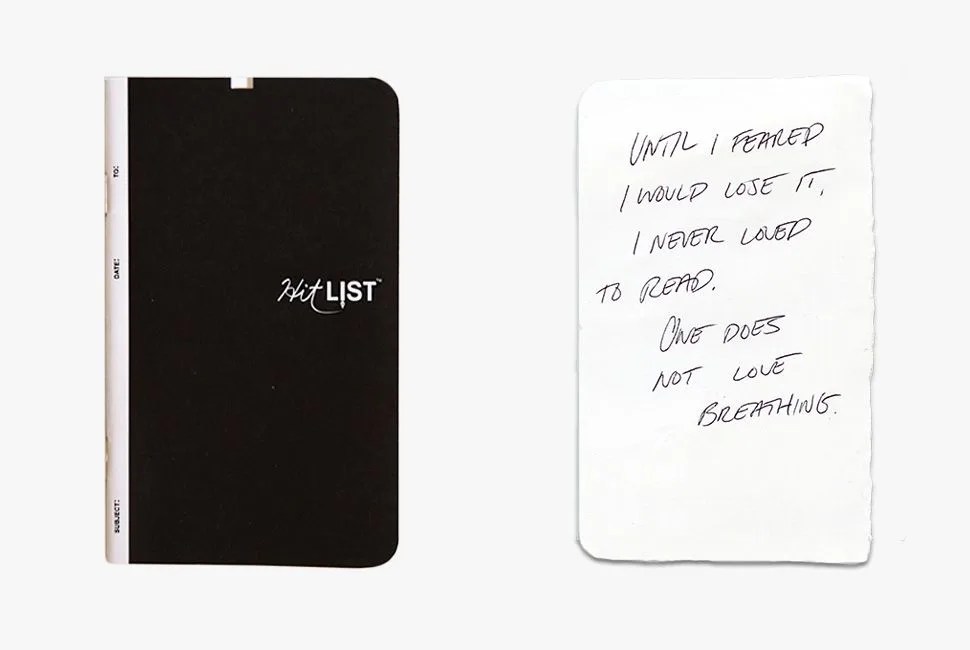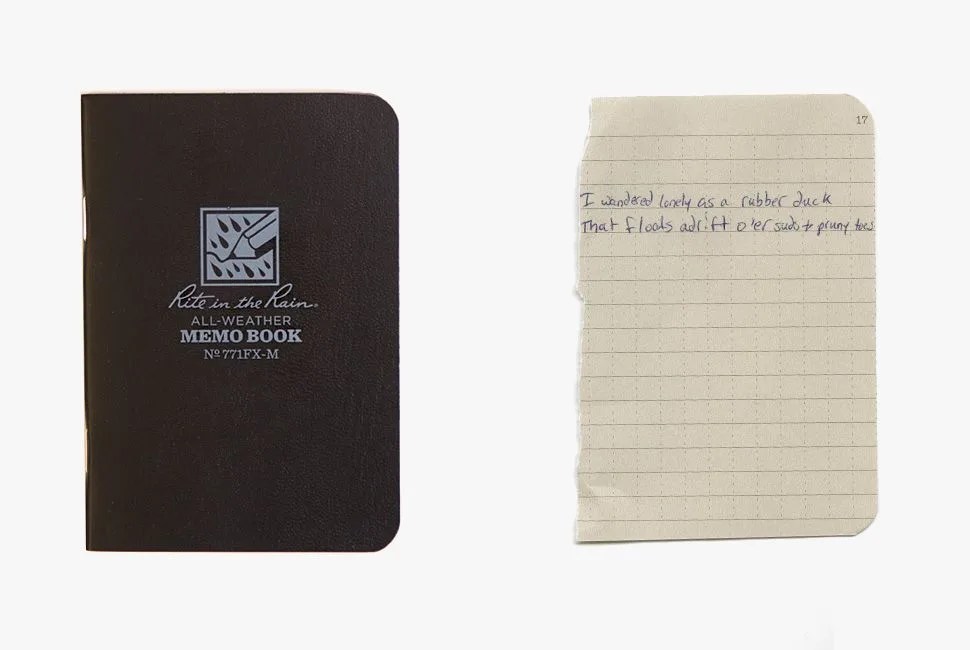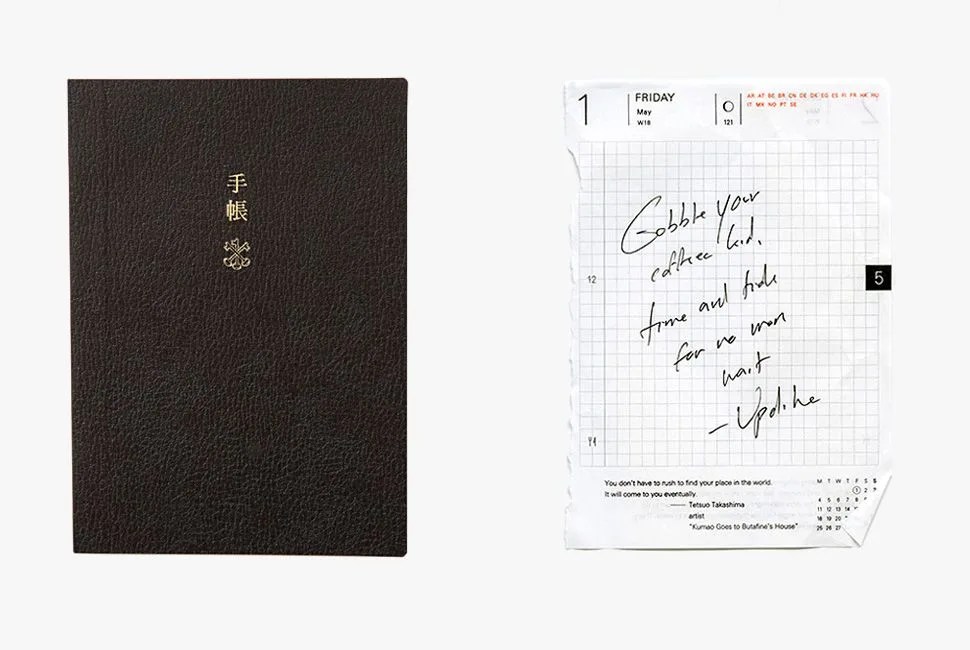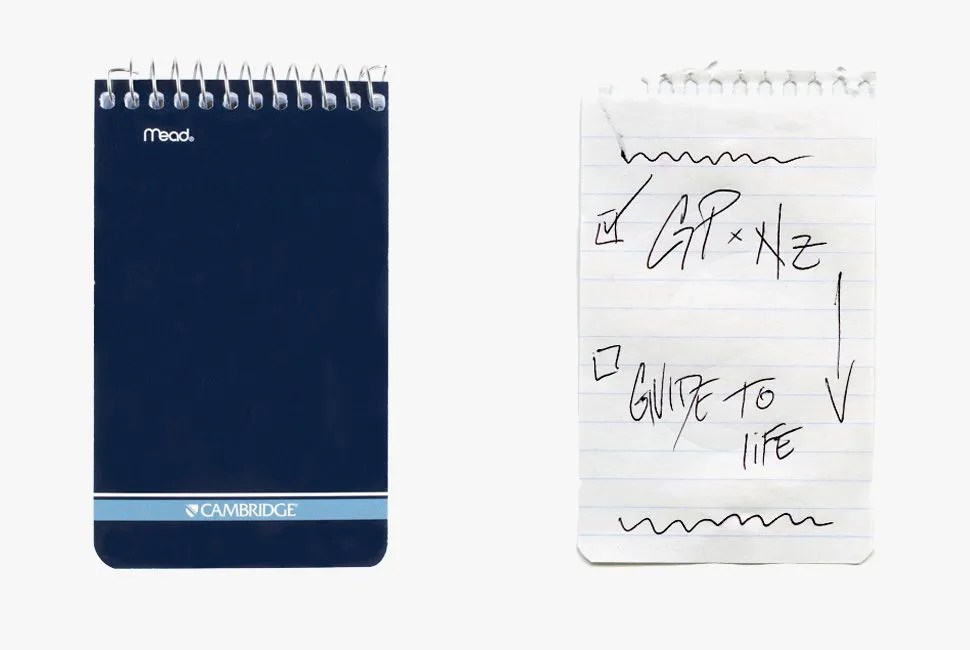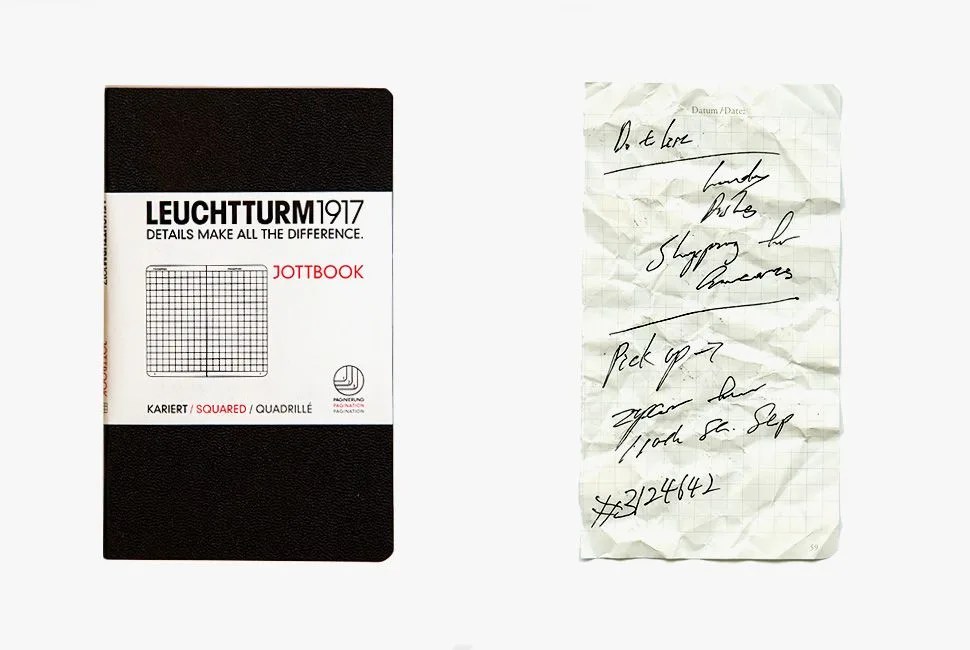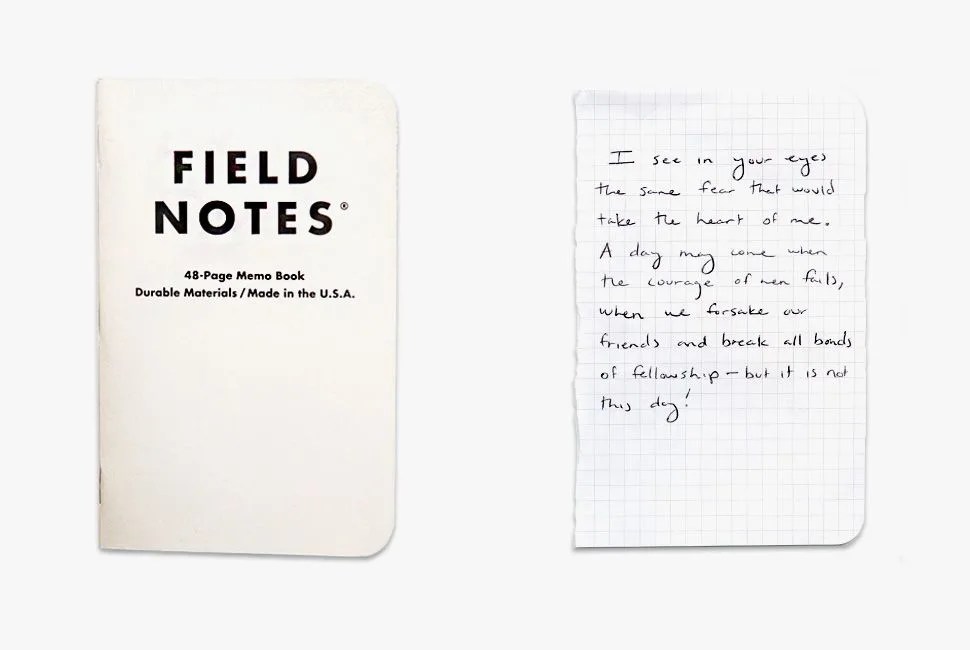As smartphones get bigger, more are ending up in users’ bags rather than their pockets. This means two things: first, that whipping out a smartphone for every little need will be more of a hassle, and second, that some pocket real estate will be freed up. If your solution to any problem is to spend money, you’ll fix the first problem by buying an Apple Watch. Others may swing in the opposite direction. They’ll feel liberated by that newfound pocket space. They’ll find a joy in being a step removed from notifications (and in having increased leg movement). To them we say: don’t stop there. Embrace the life of the luddite by using one of the oldest technologies: the written word. Invest in one of these quality pocket notebooks, which prove there’s plenty to look for beyond the standard Moleskine. Pull one out when you would normally feel compelled to pull out your phone. Write a note about something you would normally take a picture of. Notice what words you use to describe it. Jot down your thoughts hurriedly or meaningfully. Underline certain words really hard. Doodle something.
Wow. Now what are you spending hundreds of dollars on a data plan for, again?
Word. Notebooks Adventure Log
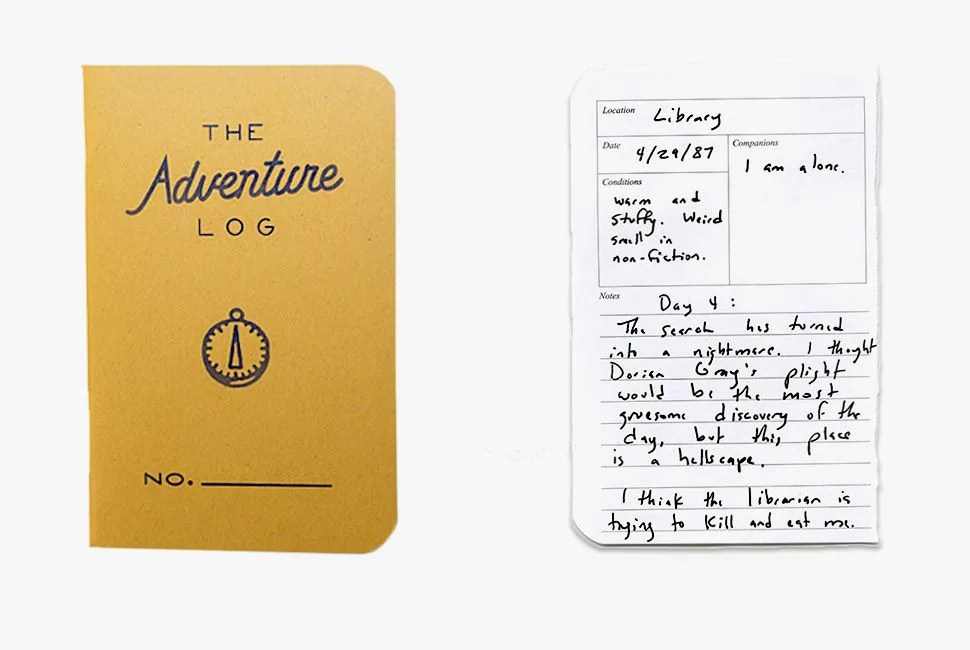
Best for Journal Keepers: We were early fans of Word. Notebooks. The dedication to clean, durable design that won us over in 2012 has carried through to their latest product, the Adventure Log. Where the original notebooks served as handy to-do lists (or idea lists, grocery lists, talking points lists — anything, really), this collaboration with outdoor gear producer Bradley Mountain is meant for chronicling what you’ve done and your accompanying thoughts, with spaces for your location, date of writing, weather conditions, companions and general notes on each page. And any nature-loving adventurer should appreciate the materials of choice: 100 percent post-consumer recycled matter for the covers and acid-free paper. But frankly, you don’t have to be an outdoorsy type to get a lot out of the Adventure Log; it’s a perfectly sufficient journal for your everyday, your nights out, or your weekend shenanigans.
